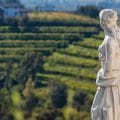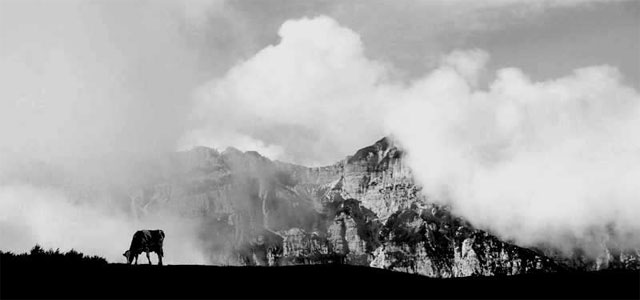
Off to the eastern side of northern Italy, Veneto is not all about Venice and Verona. The town of Vicenza is generally considered the cultural capital of this region, and this is largely because of its extremely rich architectural heritage endowed by 16th-century Andrea Palladio and his fantastic villas, today considered a UNESCO World Heritage Site.
However, the lesser-known area surrounding Vicenza is just as exciting and breathtaking: the mountains offer a ton of activities and attractions that allow visitors to enjoy local culture, history, traditions, nature, sport and enogastronomy. This is a fantastic destination for family and friend reunions in Italy. Here are just some of the off-the-beaten-track attractions offered by the Montagna Vicentina (the mountain district of Vicenza).
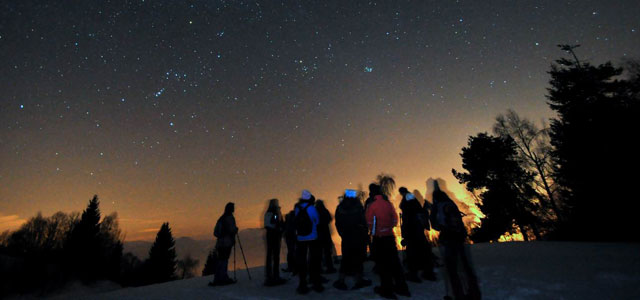
Snowshoeing under the moonlight
Imagine yourself exploring the Little Dolomites during a moonlit night, calmly trekking through the ethereal landscape by using local ‘ciaspole’ (snowshoes) on the white snow mantle. The experience is unlike any other! You can listen the silence of the woods, appreciate the beauty of the valleys from a different light, wonder at the star-studded sky, warm up with delicious Italian hot chocolate or local liqueurs next to a cozy fireplace in a rifugio (mountain shelter). You can also enjoy tasting sessions of local delicacies, such as vin brulè and gnocchi pasta with fioreta cheese. An excellent network of enchanted trails exists to connect different locations across the Little Dolomites, by night or by day.
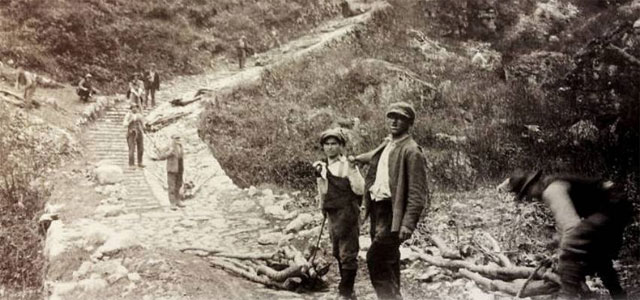
Braving the world’s longest flight of steps
>Are you up for a tough, but obviously rewarding, challenge? 4,444 steps will take you to the top of Calà del Sasso: this is Italy’s longest stairway, and the longest in the world among those open to the public. The 7-km flight of steps is carved entirely in the rock with an altitude gap of over 700 meters. The route links the town of Valstagna with the community of Sasso di Asiago. This is not only a sportive activity that puts your body to the test, but also an adventure that brings you close to local history and legends. In fact, you will learn about how this stairway was used for centuries by local woodcutters; how Venetians used them from the 15th to the 18th Centuries to supply its ship-building arsenal; and even the story behind the stairs’ alternative name, i.e. the Lovers’ Stairway. Along the way, you can also stop at interesting museums such as the Oliero Paper Mill Museum, the Museum of Speleology and the Canal di Brenta Ethnographic Museum.
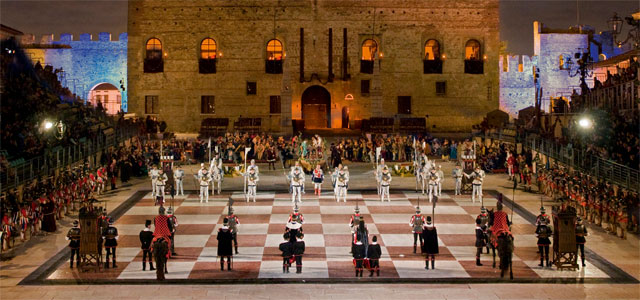
The weekend of the living chessmen
You can experience a fantasy-like adventure in the Chess Square of Marostica, where over 600 people in period costumes participate in a living Chess Match! This is a traditional celebration of a local legend, according to which two rivals had to play this noble game to decide who would marry Lionora, daughter of the Lord of Marostica. Unfortunately, this event only happens every second weekend of September in even-numbered years. However, whether you are visiting during the occasion or at any other time, you can still visit the Chess Match Costume Museum to discover the origins and the tradition of this unique spectacle.
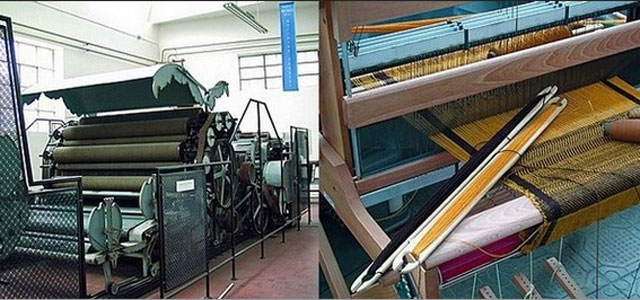
Weaving through the past
Vicenza was at the heart of the textile production for centuries, and still today it is possible to retrace the paths of local industrial progress and innovative manufacturing processes. Wool production flourished in the 14-15th centuries but reached its peak at the end of the 18th century, when the weavers of Valdagno gained the permission to make cloths of the highest quality, called ‘panni alti’. The Museum of the Weaving Machines has been set up in the workshops of Luigi Marzotto’s firm, the only one to survive during the crisis of the Napoleonic era. It is spread over many rooms, each dedicated to different fibres and yarn spinning, and a teaching workshop is available for groups. This is a great way of understanding not only the progress in industrial technology, but also the local social and economic history.
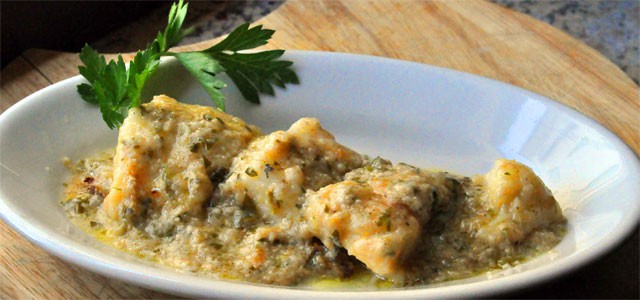
A journey of art and tastes
The array of refined 16th-century artworks that dominate the district of Vicenza, starting from the Palladian villas, is reflected is every aspect of culture, including the unique flavors that characterize the local cuisine. You can combine the exploration of art with Vicenza’s enogastronomy, which is part of Italy’s national culinary excellence. The most fun and rewarding way of learning about local food is by joining a cooking course with an experienced chef. Not only will you use quality products that have received the De.Co. label, you will be able to enjoy what your delicious culinary creation for dinner with wine tasting!

Italian architecture abroad
We will close the loop by returning to the opening paragraphs, in which we mentioned Andrea Palladio. This Italian architect has had a fundamental impact not only in Italy, but also abroad. In fact, did you know that the United States Congress has adopted a resolution that recognizes him as the “father” of American architecture? If you pay close attention to what you see in and around Vicenza, you will notice that Palladian architecture has always been the distinguishing mark of American high society houses. Examples include the White House, the Rotunda at the University of Virginia, Villa di Monticello and even the house in Gone with the Wind.
Make your next family reunion or friend gathering unforgettable! Combine authentic activities with the exploration of local traditions in fantastic destinations across Italy. Contact us now for ideas and for a customized quotation
Photo credits:
Vicenza’s Mountain District, image by Sal Messina
Trekking on ciaspole at night, image from gruppociclisticoiseo.blogspot.com
What’s the history behind the stairway at Calà del Gesso? Image from angolodellamicizia.forumfree.it
The game is on! Image from marosticascacchi.it
Ancient machinery at the Museum of Weaving Machines – image from mumatvaldagno.it
A traditional local recipe: baccala’ alla vicentina – image from giallozafferano.it
Andrea Palladio’s “La Rotonda” villa – image by Philip Schäfer


